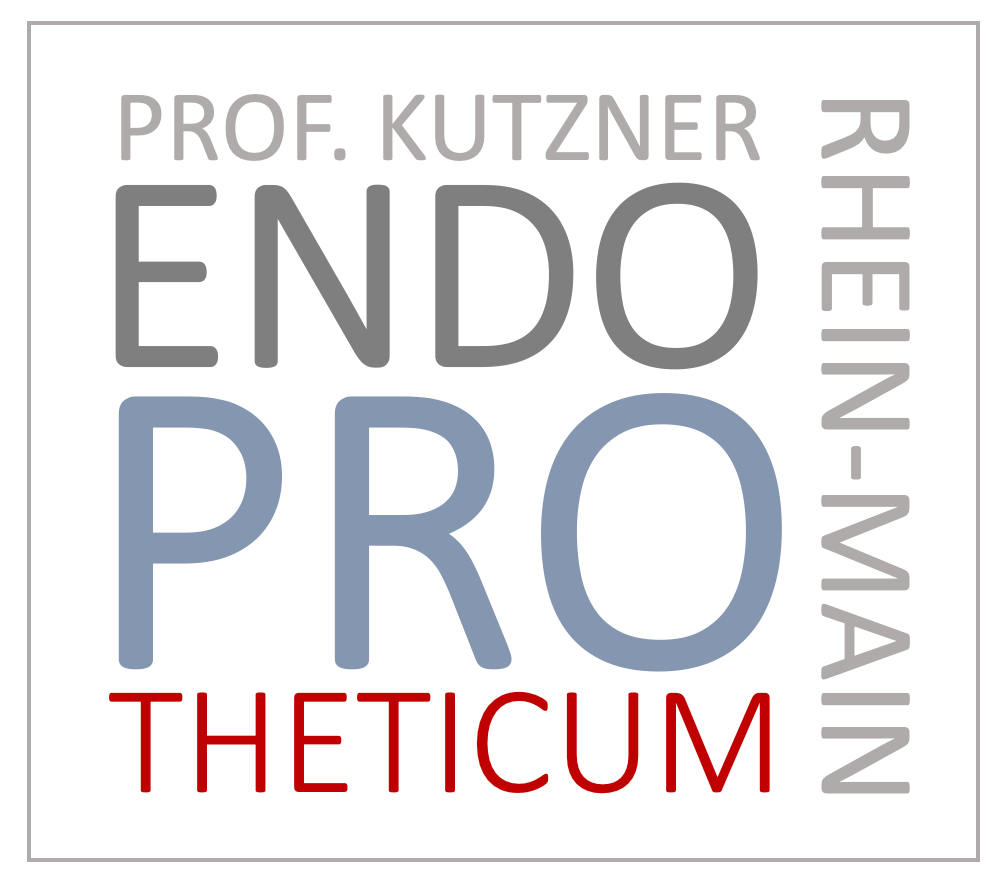How do you differentiate between back pain and hip pain?
Back and hips: why the pain is similar

Back and hip pain are among the most common complaints in orthopedic practice. Both types of pain often present with similar symptoms, which makes it difficult to distinguish between them. However, an exact diagnosis is essential in order to initiate the correct therapy and avoid long-term symptoms. This article highlights the various causes, symptoms, diagnostic techniques and treatment options in order to provide those affected and medical professionals with clear guidance.
Anatomy of the back and hips
The back
The human back consists of several anatomical structures:
- Spine: Divided into cervical, thoracic, lumbar, sacrum and coccyx.
- Muscles: Deep and superficial muscles provide stability and movement.
- Nerves: The spinal nerves exit the spine and supply the surrounding structures.
The hip
The hip includes:
- Hip joint: A ball-and-socket joint consisting of the femoral head and pelvic socket.
- Muscles: The gluteal muscles and adductors support mobility and stability.
- Nerve structures: The sciatic nerve runs close to the hip joint and can cause discomfort.
Since both regions are closely connected, pain can occur or radiate in both the back and hips.
Common causes of back and hip pain
Causes of back pain
- Herniated discs: Protruding discs press on nerve roots.
- Spinal stenosis: Narrowing of the spinal canal causes pain and numbness.
- Muscle tension: Often caused by poor posture or overload.
- Osteoarthritis: Wear and tear on the small vertebral joints leads to stiffness and pain.
Causes of hip pain
- Hip osteoarthritis: Wear and tear of the hip joint.
- Hip impingement (FAI): Mechanical problems caused by the malformed shape of the femoral head or socket.
- Trochanteric bursitis: Inflammation of the bursa in the hip area.
- Tendonitis: Often triggered by overuse or unhealthy movement patterns.
Differences in pain presentation
Typical features of back pain
- Location: Pain often occurs in the lower back (lumbar spine).
- Radiation: Possible radiation from the buttocks to the legs (sciatica pain).
- Character: Dull or aching pain that increases with certain movements.
- Side effects: tingling or numbness in the legs.
Typical features of hip pain
- Location: Front of thigh or groin pain.
- Radiation: Sometimes into the buttocks or the knee.
- Character: Pain when walking, sitting or climbing stairs.
- Side effects: Limited hip mobility.
Diagnostic procedure for differentiating back and hip pain
anamnese
A detailed conversation clarifies:
- Onset, duration and intensity of pain.
- Trigger points and factors that relieve or worsen pain.
- Pre-existing conditions such as osteoarthritis or intervertebral disc problems.
Clinical examination
- Palpation: Palpation of the spine and hip joints.
- Movement tests:
- Thomas test: To check hip flexion.
- Schober test: To assess the mobility of the lumbar spine.
- Strength and sensitivity tests: Indicative of nerve irritation.
Imaging
- X-ray: To assess bone damage or osteoarthritis.
- MRI: For detailed examination of soft tissues, nerves and intervertebral discs.
- Ultrasound: Particularly suitable for examining bursa and tendons.
Radiation of pain as a diagnostic clue
Pain can radiate from both the hip and the back. Important points for differentiation:
Radiation of pain in back problems
- Sciatica pain runs along the back of the thigh to the calf.
- Pain often increases when sitting or moving forward.
- Neurological symptoms (e.g. tingling) are a common accompanying symptom.
Radiation of pain in hip problems
- Pain usually extends from the groin to the front of the thigh.
- Climbing stairs or hip rotation increases the symptoms.
- Often no neurological symptoms.
Treatment of back and hip pain
Conservative therapeutic approaches
- Physiotherapy:
- Strengthening the muscles to stabilize the back and hips.
- Mobilization of restricted joints.
- Pain management:
- NSAIDs (non-steroidal anti-inflammatory drugs) to relieve inflammation.
- Local injections for severe symptoms.
- Occupational therapy: optimizing movement patterns in everyday life.
Surgical therapy
- Intervertebral disc operations: To relieve pressure in the case of herniated discs.
- Endoprostheses: If hip osteoarthritis is very advanced, an artificial joint can improve the quality of life.
Conclusion
Differentiating between back and hip pain requires careful diagnosis because symptoms can be similar. The cause of the symptoms can be narrowed down through a comprehensive anamnesis, clinical tests and targeted imaging. Early and correct therapy makes a decisive contribution to pain relief and improving quality of life.
MAKE AN APPOINTMENT?
You are welcome to make an appointment either by phone or online .



























